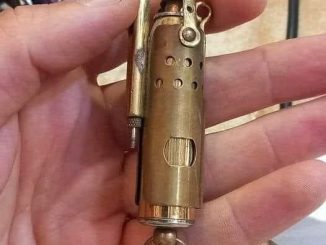A great deal of individuals are arguing more than the right reply to this emoji math algebra difficulty involving horses, horseshoes, and boots. A Fb put up with this issue has about 500,000 opinions. Can you figure it out? In this video I make clear the appropriate remedy.
Can you figure it out?
Some viewer reviews:
twwc960 explained:
It is wonderful how wildly different the issues concentrations are in your a variety of issues. I’m thinking of past week’s geometry trouble in which you had to construct some really non-obvious isosceles triangles to find that an angle x was 30°. Then there is this straightforward trouble, arguably a lot less complicated than the somewhat very similar flower difficulty posted a handful of weeks back where 1 flower was lacking a petal or some thing and we had to guess that signifies it had 4/5 the benefit of the 5 petal variation of the flower. This difficulty is trivial in comparison to possibly of individuals.
TheFinalRevelation stated:
The challenge I have with these sorts of complications is that you have to suppose that the image “picture of two horseshoes” has double the price of the symbol “picture of 1 horseshoe”. To me there is nothing at all indicating that is the scenario. The equation must study 2 periods horseshoe image + 2 situations boot image = 2. That is the only way in which there is ample information and facts to solve the technique of equations. For instance Van Gogh’s vase with fifteen sunflowers marketed for about 25m pounds. Do suppose that each individual sunflower is value $1.67m lbs? An economist may possibly argue that the marginal worth of a next horseshoe is much less than that of the very first horseshoe, until you have a horse that walks on two legs, in which circumstance the next horseshoe has greater value than the initially as I can now shoe the horse!
Sandokiri reported:
This is a similar trouble to the “Chinese Flower Math” viral problem… and has the similar elementary concern: solitary-boot and single-horseshoe are undefined variables. Due to the fact we simply cannot define the relationship involving S and s (horseshoes), and B and b (boots,) we get this. 3h = 30: h=10. So we know that a horse is 10. 2S + 10 = 18 S=4. So we know that the “pair of horseshoes” is 4. 4-B = 2 B=2. So we know that the “pair of boots” is 2. 10s + b = n, address for n. We have released two new variables. We cannot simply just say that S=2s, since S could stand in any number of interactions to s, or none at all. Even assigning a marriage (say, s=S!) does not enable us to say that b=B!, because the double boot has a unique colour and orientation in comparison to the double horseshoe. I know this is a little bit of overanalysis, but yeah.


